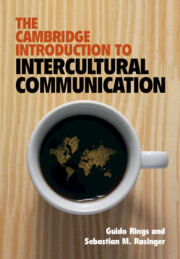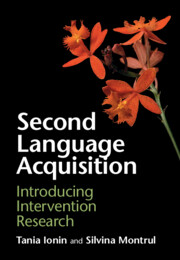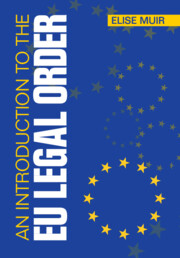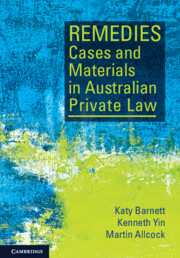Refine search
Actions for selected content:
36807 results in Cambridge Textbooks

The Cambridge Introduction to Intercultural Communication
-
- Published online:
- 08 February 2023
- Print publication:
- 08 December 2022
-
- Textbook
- Export citation

Second Language Acquisition
- Introducing Intervention Research
-
- Published online:
- 03 February 2023
- Print publication:
- 26 January 2023
-
- Textbook
- Export citation

An Introduction to the EU Legal Order
-
- Published online:
- 02 February 2023
- Print publication:
- 09 February 2023
-
- Textbook
- Export citation
Praise for the First Edition
-
- Book:
- Sappho
- Published online:
- 02 June 2023
- Print publication:
- 02 February 2023, pp ii-iii
-
- Chapter
- Export citation
Notes
-
- Book:
- Sappho
- Published online:
- 02 June 2023
- Print publication:
- 02 February 2023, pp 117-186
-
- Chapter
- Export citation
Introduction
-
- Book:
- Sappho
- Published online:
- 02 June 2023
- Print publication:
- 02 February 2023, pp 1-18
-
- Chapter
- Export citation
Contents
-
- Book:
- Sappho
- Published online:
- 02 June 2023
- Print publication:
- 02 February 2023, pp ix-x
-
- Chapter
- Export citation
Note on the 2014 Papyri
-
- Book:
- Sappho
- Published online:
- 02 June 2023
- Print publication:
- 02 February 2023, pp xiii-xiv
-
- Chapter
- Export citation
Frontmatter
-
- Book:
- Sappho
- Published online:
- 02 June 2023
- Print publication:
- 02 February 2023, pp i-vi
-
- Chapter
- Export citation
Index of Proper Names
-
- Book:
- Sappho
- Published online:
- 02 June 2023
- Print publication:
- 02 February 2023, pp 199-200
-
- Chapter
- Export citation
Others
-
- Book:
- Sappho
- Published online:
- 02 June 2023
- Print publication:
- 02 February 2023, pp viii-viii
-
- Chapter
- Export citation
Acknowledgments
-
- Book:
- Sappho
- Published online:
- 02 June 2023
- Print publication:
- 02 February 2023, pp xi-xii
-
- Chapter
- Export citation
Note on Translation: From Sappho to Sappho
-
- Book:
- Sappho
- Published online:
- 02 June 2023
- Print publication:
- 02 February 2023, pp 19-24
-
- Chapter
- Export citation
Index of First Lines
-
- Book:
- Sappho
- Published online:
- 02 June 2023
- Print publication:
- 02 February 2023, pp 195-198
-
- Chapter
- Export citation
Copyright page
-
- Book:
- Sappho
- Published online:
- 02 June 2023
- Print publication:
- 02 February 2023, pp vi-vi
-
- Chapter
- Export citation
Select Bibliography
-
- Book:
- Sappho
- Published online:
- 02 June 2023
- Print publication:
- 02 February 2023, pp 187-194
-
- Chapter
- Export citation
Frontispiece
-
- Book:
- Sappho
- Published online:
- 02 June 2023
- Print publication:
- 02 February 2023, pp iv-iv
-
- Chapter
- Export citation
Dedication
-
- Book:
- Sappho
- Published online:
- 02 June 2023
- Print publication:
- 02 February 2023, pp vii-vii
-
- Chapter
- Export citation
Sappho
-
- Book:
- Sappho
- Published online:
- 02 June 2023
- Print publication:
- 02 February 2023, pp 25-116
-
- Chapter
- Export citation

Remedies Cases and Materials in Australian Private Law
-
- Published online:
- 01 February 2023
- Print publication:
- 13 January 2023
-
- Textbook
- Export citation
